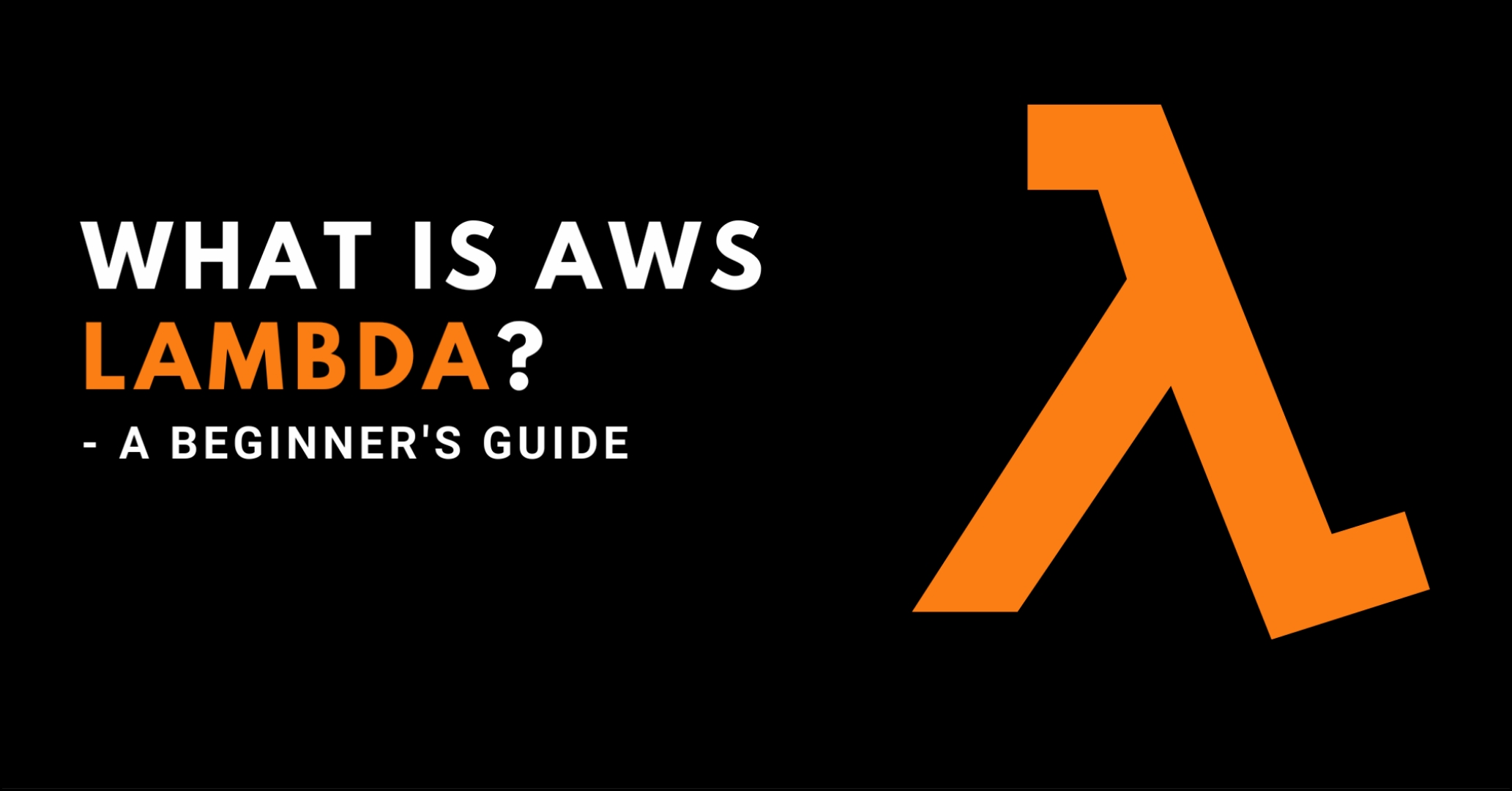Start with AWS 📈 📉 LAMBDA !!
 RAKESH DUTTA
RAKESH DUTTA
AWS Lambda is a serverless service that allows us to run code without managing servers. It responds to events like HTTP requests or file uploads, scales automatically, and charges us only for the compute time used. First thing that when we remember of any AWS common service like S3 first thing come in our mind is storage cause AWS solving the problem of storage with S3. Similarly when lambda come into our mind one thing compute and the other is serverless the lambda function belongs to the compute family like Ec2 but it solves the problem of serverless. Lambda function also give us as a compute service but when we ask for a virtual server from AWS gives us Ec2 and it need few conditions after that we can get that but here AWS will manages everything when we asks for Lambda function.
Suppose we are have a python based applictaion which are belongs to lambda but the primary difference of using Ec2 and using Lambda functions it follow the serverless architecture. When we will create a lambda function we won't give all details AWS will automatically take care of server depending upon our requirement. Once our functions is done AWS lambda will automatically scale the function up or down based on demand.
Features of AWS Lambda Function :
Automatic scaling & Haigh Availability : Lambda functions automatically adjust to handle anywhere from a few requests per day to thousands per second, ensuring applications remain responsive without the need for manual intervention.
Pay-as-you-go : We pay for the exact computation time they use their functions, billed by the millisecond. This avoids the cost of maintaining infrastructure for peak demand.
Performance Optimization: We can enhance execution speed and efficiency by adjusting the memory size allocated to functions, optimizing their performance.
Lambda Layer : This feature allows us to manage shared code and data across multiple functions from a central location, streamlining updates and maintenance.
Supports different languages : Lambda supports different programming languages and frameworks through its runtimes, making it easy to switch between different environments as needed.
Integration with AWS services : Lambda seamlessly integrates with AWS services like DynamoDB, S3 and API Gateway, SNS, SQS & Step Functions enabling developers to build complete applications that leverage these powerful tools and services.
Use Cases Of AWS Lambda Functions :
File Processing : AWS Lambda automatically responds when new files are added to Amazon S3, enabling seamless data processing without manual intervention.
Web Applications : By integrating AWS Lambda with web applications, you gain automatic scalability, where Lambda functions dynamically adjust based on varying levels of incoming traffic, ensuring efficient resource utilization.
IoT applications : AWS Lambda can be triggered by specific conditions from IoT devices, allowing real-time analysis of data generated by these devices. This capability increases responsiveness and efficiency in IoT applications.
Stream Processing : Lambda functions integrated with Amazon Kinesis enable real-time processing of streaming data. This setup is ideal for tasks such as application tracking and log filtering, providing timely insights and actions based on continuous data flows.
Few Practical examples of AWS Lambda Functions :
Notify SNS for multiple use cases : Send Simple Service Notifications(SNS) for multiple use cases means using SNS to trigger notifications or alerts across different applications or services based on specific events or conditions.
Respond to HTTP request : Handle requests sent to a server or web application and send back a response. This is fundamental for web servers and web applications to interact with clients or other services.
Real-time Data Processing : Process data immediately upon receiving it, rather than storing it first. It's used for applications that require immediate responses and actions based on incoming data streams, such as monitoring systems, financial transactions, or IoT (Internet of Things) applications.
Media Transformation : Media transformation involves converting media from one format to different format. This can include resizing images, transcoding videos, converting audio formats, or applying filters and effects.
Image Recognition Engine : An image recognition engine uses AI to analyze images, recognize objects, faces or text. It is used in autonomous vehicles, surveillance, medical imaging and retail analytics.
Build serverless application : Building a serverless application means building an app that runs without server management.Cloud providers such as AWS, Azure or Google Cloud manage the infrastructure. Programmers write code for specific functions or services, which automatically scale and charge based on usage.
Subscribe to my newsletter
Read articles from RAKESH DUTTA directly inside your inbox. Subscribe to the newsletter, and don't miss out.
Written by
